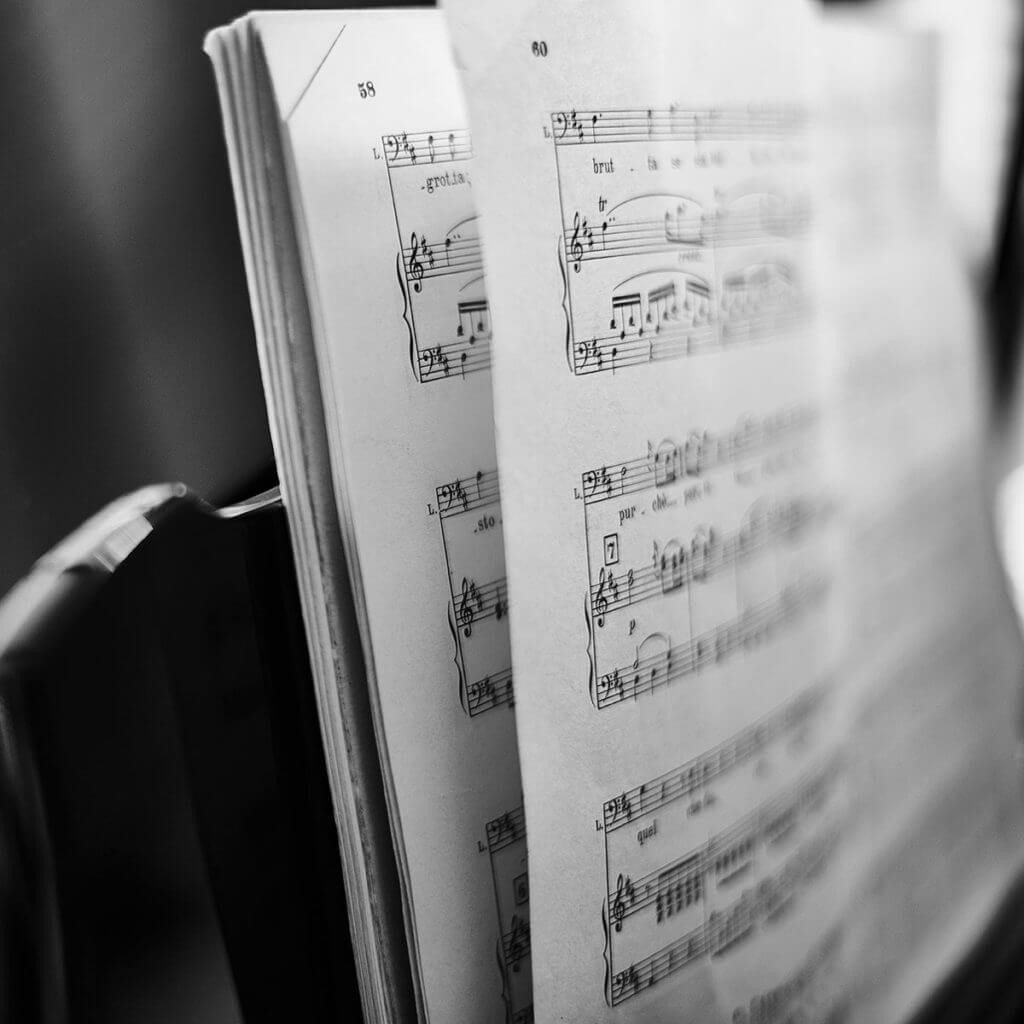It is common knowledge that the score of a movie can convey the setting, mood, and style of a film with very few visual cues. Not everyone has an obsession with music, but those of us who do may notice that we have a certain level of ESP when it comes to films. For instance, I often know that a character is present or about to walk in, even if there are few or no visual cues (and so do you. Think of the shark’s character theme in Jaws.) A character theme is usually a melody or use of a certain instrument that is played whenever the character is the main focus, or should be emphasized. If you’ve ever taken a music class in grade school, you’ve likely heard of Peter and the Wolf. This is a story told by assigning each character a certain instrument. This story sets us up to understand how to use music as a tool for storytelling. A great musical score can convey intense emotions, setting, and style without really being consciously noticed. Musical scores help tell the story without showing the viewer visually or letting them know verbally.
Musical themes for specific characters
Character themes are used in operas where there are often many characters to keep track of, and the audience may or may not actually speak the language being sung. (Even if you’re fluent in the language they’re using it can be tough to keep up with all the lines since very few are spoken.) Films also use character themes, though usually in a more subtle way. You’ll often hear a character theme when that character is introduced. It will likely show up whenever they need to be the focus. This can happen in a number of different ways, from when they’re coming up with ideas in a situation to when they’re about to enter a room abruptly. Once a theme is established, even a small piece of it can be used to remind the viewer of a character. For instance, Carl and Ellie’s theme in “Up” is used in the beginning of the animation when Ellie is present, but as the movie progresses it can be heard when Carl is thinking of her. Carl doesn’t have to say, “I miss my wife” or even look at a picture of her, the audience already knows what he’s thinking in part because of what they’ve heard in the musically.
Misleading the audience with music
While musical themes are great tools to use while storytelling, they can be used to mislead you as well. Using character themes to mislead the audience is used often in thrillers, but I’ve seen it pop up in other genres. We’ve all been to a thriller where the “killer’s theme” starts to play only to see the character is faked-out by a friend. While this fake-out can be a great way to relieve audience tension, it is also able to convey the character’s tension and anxieties with no words and very little blocking.

Music can tell the story
Music is a very important storytelling tool. Even before spoken-word films were available, countless stories were told with music. Musical themes can make an audience feel as though they’re in the past, or far in the future. Music can convey feelings, even the deepest and most difficult to explain emotions can be understood by an audience in less than a minute with the proper musical theme. While music can do all of the above, it can also make the audience understand a character quickly and be reminded of them when they aren’t visible on camera.


2 Responses
This is so important to me. I can not tell you how many times I have watched a movie and it is not bad but the sound was so bad it made me not want to continue with the movie. Sound means so much to me and the right kind of track along with it. This is where ECG kicks but.